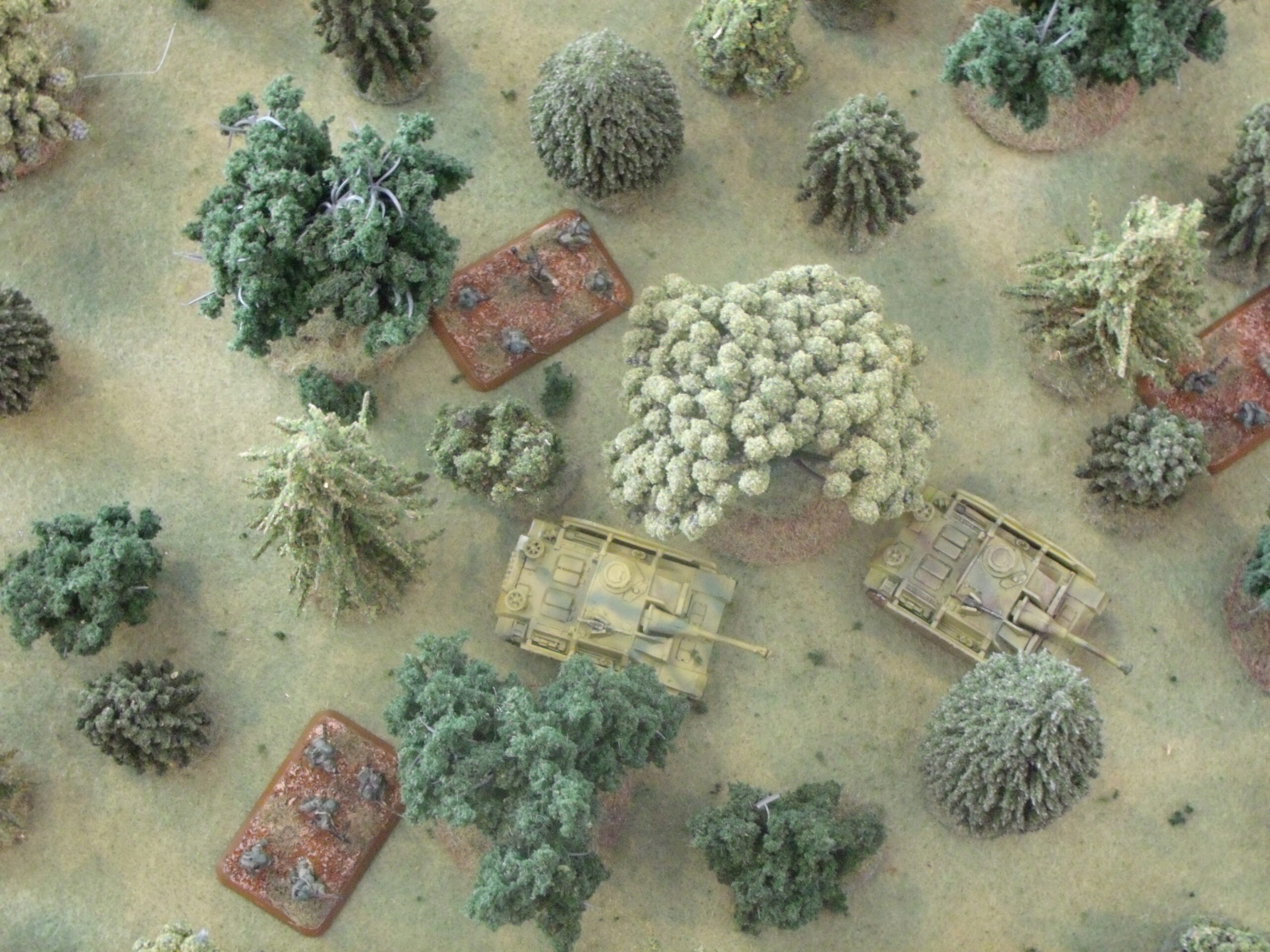
Now that you have a nice flexible tree armature it’s time to paint and flock it. Flexible trees have several advantages over their more rigid brethren. For starters they are very hard to break, since they tend to just flex and sway in response to things that would break a hard plastic tree. They also tend to be a little more stable and are harder to accidentally knock over. Soft plastic however is notoriously hard to paint since most paint tends to chip off whenever the plastic flexes. For this reason you MUST use a paint that chemically bonds to plastic! This paint has been around for many years and is very easy to find in hardware stores. The paint sold in hobby stores is usually designed for hard plastic and won’t work. If you are familiar with the Fusion brand of paint then you already know what we are talking about. A similar paint is made by several different companies, so look for “bonds to plastic” somewhere on the label and you should have a suitable paint. If you can’t find the color you want, just make sure that the primer you use will bond, then use your normal paint over it.
The next step is flocking the trees. The color and coarseness of the flock you choose to use can have a very profound effect on the way the finished trees look, so make sure you take it into consideration from the beginning. Because trees are usually very clumpy we use undiluted or even thickened PVA glue to stick the flock on with. Depending on the type of trees you are trying to make it is usually desirable to leave some of the armature unflocked and exposed.
The first method is the direct flock. This is simply gluing the flock on to the armature itself.
These trees were made by direct flocking the armature with a fine flock. With this particular armature it works well with the small bushes, but looks a little odd on a larger tree. If you want to make alien looking trees for a science fiction game then it works great; if you’re a historical gamer then they probably won’t work for you.
The same armature with a course flock applied gives a very different look.
The second method is to apply the flock over an intermediary. Many different materials can be used as an intermediary. For this example we will use some course flock that we made by tossing a common household sponge into a blender. Normally I would advise using a more appropriately colored flock, but using a contrasting color for the pictures gives a clearer image of the process.
The course flock intermediary is first glued into place and then painted before the final coat of flock is applied.
Here is a comparison of the three trees (made from identical armatures) side by side.












